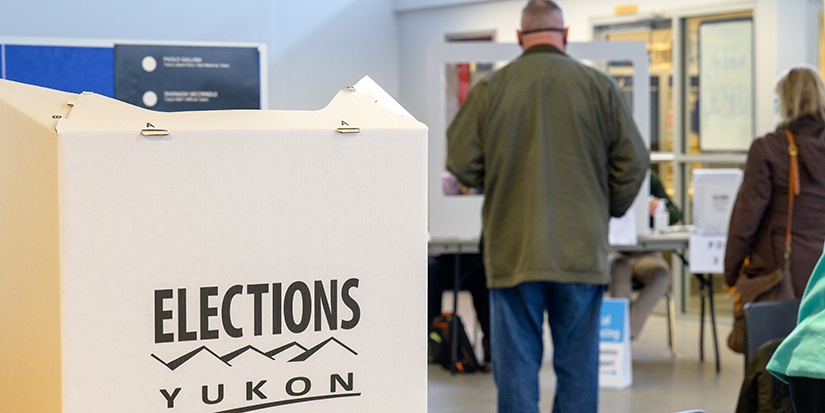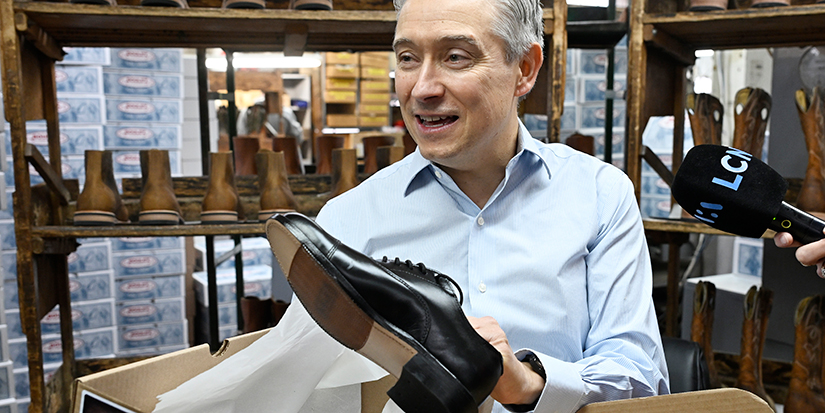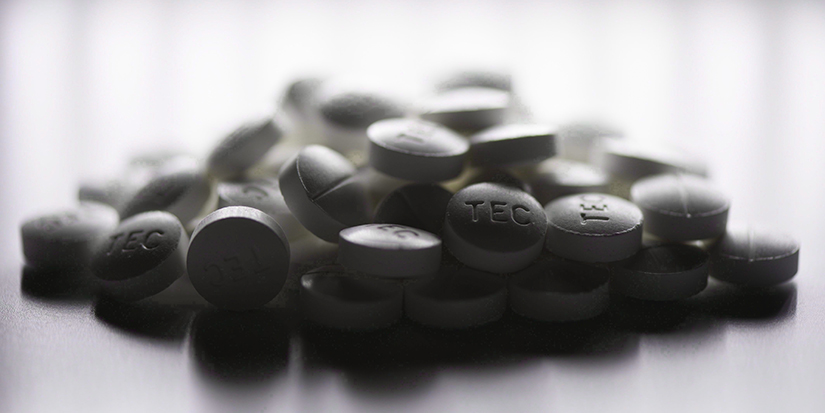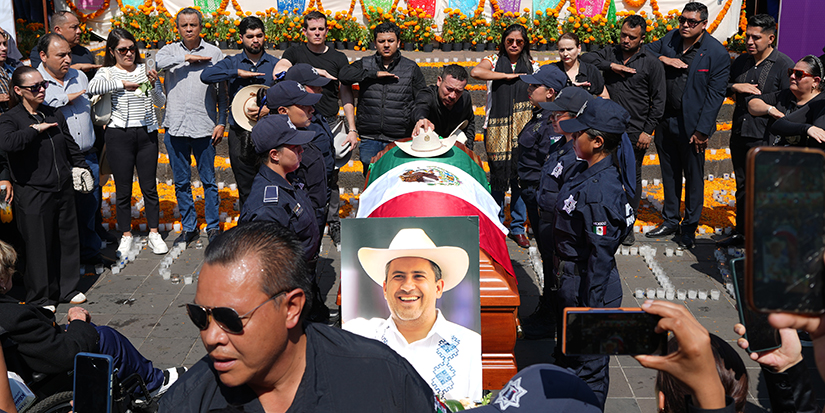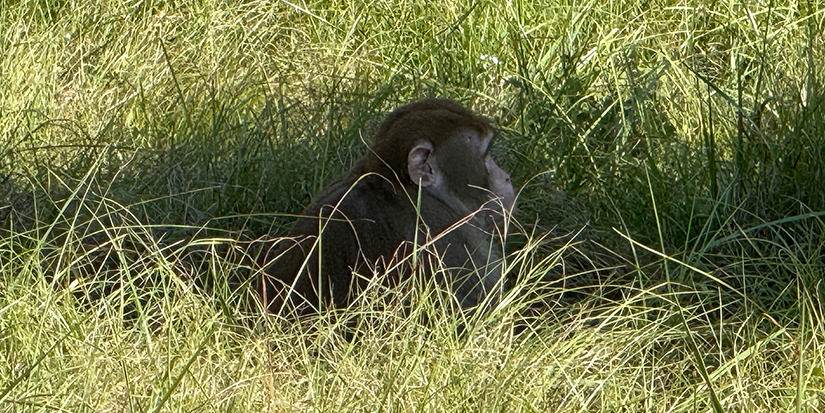Latest News
Arthritic knees do better with a jog, new research shows
Common wisdom has it that you need to protect
your knees, especially if you have arthritis, by wearing foamy runners and
avoiding running, to preserve the cartilage in the joints.
But the latest research suggests that’s not
true.
According to J.F. Esculier of the University
of British Columbia and Arthritis Research Canada (ARC), you do more damage to
your joints by doing nothing.
A post-doctoral fellow in UBC’s department of
physical therapy and an active physical therapist, Esculier says moderate
exercise strengthens the cartilage that cushions our joints. Exercise that
includes running.
“Listen to you body. If you have been doing
10 kilometres each week and doing fine but then go up to 20 and live in pain,
then cut back or increase your mileage gradually,” he says.
Esculier had researched running shoes,
specifically their soles. Most people thought the cushier the better. It turns
out that wasn’t true.
Too much padding means people can’t tell when
their running is hurting their feet or joints because there isn’t the pressure
point feedback that warns a runner to not land on their heels, toes, or sides
of their foot too much.
ARC promoted Esculier’s online survey that
asked the public and health care providers if they thought it was safe to jog
if you have osteoarthritis in your knees.
“The results we got, the most interesting one
that we were not expecting, said there was a very high rate of uncertainty. So
that told me we should keep going with our research.”
Another interesting result from Esculier’s
survey was that 8o percent of runners would decrease running if they were
diagnosed with arthritis.
Thinking like a scientist, Esculier says, “That’s
a good motivation for us to come up with more data.”
Together with associate UBC physical therapy
professor Michael Hunt, Esculier describes their research. “What we are doing is taking an MRI
before and after running on a treadmill, looking at how that cartilage
recovers.”
Their preliminary study compared two groups
of 10 female runners. One group had osteoarthritis in their knees and the other
didn’t. Hunt and Esculier did MRIs of everyone’s knee cartilage, the
translucent impact absorber between the joints, before and after a 30 minute treadmill run.
“From the preliminary results, now it seems
that cartilage is just as able to tolerate running and recover following
running. If you have osteoarthritis you can actually sustain loads of running
(the same as) healthy people who are the same age,” says Esculier.
This study is paving the way for the next
stage of the research they hope to do. They plan to study larger groups of
recreational runners for longer, to look at the effect of 12-week running
program, to figure out what it does to both normal and arthritic knees.
“Similar to training for the Sun Run,”
Esculier says.
They have two groups of 30 recreational
runners about the same age: one group with osteoarthritis and one without. They
plan to do an MRI scan on the patients as each finishes their first run then,
check everyone again at the end of the three-month program. They will compare
each person’s before training and after images to see what happened. Early data
suggests the running will be healthy for everyone’s knees.
Esculier’s work follows on the heels of
another group of scientists who gleaned information from numerous finished
studies that looked at running and its affect on every associated load-bearing
joint. When the scientists tabulated the results of all those other researchers’
findings, they published a June 2017 paper in the scientific Journal of
Orthopedic Sports Physical Therapy saying, “Recreational runners had a
lower occurrence of OA (osteoarthritis) compared with competitive runners and
(sedentary) controls. These results indicated that a more sedentary lifestyle
or long exposure to high-volume and/or high-intensity running are both
associated with hip and/or knee OA.”
Esculier and Hunt’s research will use actual
MRI images of what’s happening inside the runners’ knees, what’s happening to
the cartilage, to see the effects of running on both arthritic and normal
knees.
“We are not looking at elite level athletes
here, the kind that participate in the Olympics,”
Esculier says. “I am looking at people who
are already able to maintain a certain level of activity but have knee pain,
osteoarthritis in their knees and people who want to maintain recreational
running. In Vancouver it is a very, very large population. The Vancouver Sun
Run with 42,000 people who take part, (many) are aged 40 plus, 50 plus. They
want to keep doing it to maintain their health, stay active.”
Esculier’s preliminary results say don’t shy
away from running for fun or exercise even if you have arthritis in your knees.
Not only does it not damage the cartilage in your joints, it is actually
healthier for your creaky joints.














